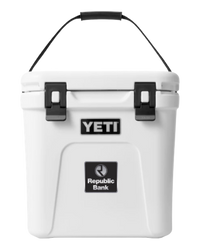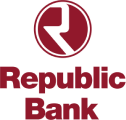As a small business owner, monitoring, managing, analyzing, and improving your cash flow are all critical parts of running your business. Without a strong understanding of your cash flow, you could unintentionally find yourself in some sticky situations where you have more expenses than you do cash available. We’re going to break down for you what cash flow is, why it’s important, and how to analyze and improve your cash flow with intuitive financial planning.
What Is Cash Flow?
Cash flow refers to the movement of money in and out of a company. Cash that is received represents an inflow while the money spent represents an outflow. While your company’s revenue may be doing well in the books, remember that your business requires money (stable inflow, loans, or grants) to pay your debts/obligations and your suppliers (expected outflow). The more cash on hand a business has as compared to its cash burn rate determines how much flexibility the business has and its overall value.
The Importance of Cash Flow Management
Effectively managing your cash flow keeps you in-the-know about whether you can continue to pay vendors and bills while maintaining enough cash to operate efficiently long term.
There are three areas of cash flow that businesses should keep track of and evaluate. Businesses correlate line items between these categories to see where money is coming in and going out, which gives businesses insight into the overall financial health of the company.
- Operating activities — Cash received from customers less the amount spent on operating expenses
- Investing activities — Cash spent on fixed assets and other long-term capital investments
- Financing activities — Funding that comes from company owners, investors, and creditors
New businesses may experience negative cash flow as they spend cash on growth, which is not a problem if lenders or investors can and are willing to support in these beginning stages. In the long term, businesses cannot sustain a negative cash flow and keep the business afloat. To perform a cash flow analysis, you must prepare cash flow statements for all three of the above categories, which is most typically done using the company’s accounting software or free templates provided by the Small Business Association (SBA).
The analysis may show a healthy cash flow, or it may reveal unexpected problems with sales, debt, or other financing. Reviewing and tracking cash flow is helpful for strategic financial planning and preparing the business for future transactions, operations, and investments.
Improving Your Cash Flow
Creating positive cash flow will ultimately help your business avoid financial pitfalls, unnecessary debt, and not being able to make payments. A few strategies for improving cash flow in your business include:
- Be proactive for the future — Even profitable businesses can experience cash flow problems if their payments are due before revenue and income streams come in. By keeping accurate and timely financial records, businesses can create a forecast of future expenses and debt payments to anticipate the state of cash flow and where they may need to make changes to stay positive. If you are expecting a cash flow struggle based on historical trends, you can start preparing and talking with lenders ahead of time as well as planning your other expenses accordingly.
- Improve accounts receivable and accounts payable processes — Your accounts receivable (the money you receive from customer invoices) can be better managed to decrease the time it takes to get paid. One way to help combat unpaid invoices is by offering a slight discount to customers to pay their invoices early or offering more payment options. Your accounts payable are important as well, ensuring that your priority invoices are paid right away.
- Use electronic payments — Electronic payments give you a much longer period to pay as you can submit electronic payments the day of a due date. Some business credit cards offer grace periods of up to 21 days but be careful not to use this too loosely as it can cause you to build debt.
- Raise prices — You will never know how much customers are willing to pay for your products or services if you don’t experiment with adjusting your prices. It doesn’t necessarily have to be a large jump either — start with small incremental price increases and adjust as needed. Most consumers are used to goods and services changing in price as most businesses must adjust to economic factors, so it’s not likely to tank your customer base by a large margin and can significantly increase your cash flow.
Talk to Your Trusted Experts
Managing cash flow effectively can sometimes feel simple, while other times you can feel stuck in the weeds. Trusted financial professionals like bankers, advisors, and other knowledgeable team members can help you keep your cash flow on track and keep your business running like a well-oiled machine.
To get in touch with our team at Republic Bank, call 800-526-9127 and we’ll be happy to help. Plus, take a look through our library of other helpful financial tips.







